Haunting, Mystery, Nature, Novel
The Legend of Sleepy Hollow
Washington Irving’s The Legend of Sleepy Hollow has enchanted readers for generations, blending elements of horror, folklore, and humor in a way that still resonates in today’s world.
As we approach Halloween, it’s the perfect time for authors—especially those working in science fiction and horror—to revisit this timeless tale and examine what makes it such a powerful influence on the genre.
Irving’s ability to create a palpable sense of place is one of the most significant aspects that modern writers can learn from. The quaint, haunting village of Sleepy Hollow, with its mysterious aura, acts almost as a character itself, drawing readers into its eerie charm. In modern storytelling, this lesson can be adapted to world-building in both horror and science fiction.
Like Sleepy Hollow, the setting in speculative fiction can be more than a backdrop—it can become a dynamic, atmospheric force that amplifies tension and shapes the characters’ experiences. The looming presence of Sleepy Hollow’s spectral lore parallels how in science fiction, environments like dystopian cities or alien landscapes create a sense of inescapable influence on the characters.
The Headless Horseman, Irving’s iconic antagonist, also offers valuable lessons for today’s writers. While the creature’s physical appearance and mysterious origins are terrifying, it is the unknown that stirs the greatest fear. This subtle manipulation of psychological horror is something that today’s horror and science fiction authors should take note of. In a time where visuals are often overstated in horror films and novels, Irving’s approach reminds us that the most profound terror comes from what we cannot see or fully understand. Contemporary writers can apply this by playing with ambiguity and using subtle cues to build suspense, much like modern science fiction often leaves the mechanics of advanced technology or extraterrestrial motives tantalizingly unexplained, creating unease through uncertainty.
Irving’s mix of humor and fear is another hallmark that has kept The Legend of Sleepy Hollow relevant. The character of Ichabod Crane, though a somewhat ridiculous and exaggerated figure, is also deeply relatable in his fears and insecurities. Modern authors can learn from this balance, as humor often humanizes characters and makes their eventual descent into terror even more compelling. In today’s world, where existential fears such as climate change, artificial intelligence, and pandemics loom large, Irving’s ability to blend light and dark serves as a masterclass in maintaining engagement while still delivering the chills. Science fiction, in particular, can use humor to make stories feel more grounded and reflective of the human condition, just as Irving did by weaving Ichabod’s more farcical traits into the heart of the ghost story.
Moreover, Irving taps into universal themes of change and fear of the unknown—topics that resonate strongly in our rapidly evolving world. As modern authors grapple with a future shaped by technological advances and environmental uncertainties, they can look to The Legend of Sleepy Hollow for inspiration on how to blend myth, folklore, and contemporary anxieties into timeless tales. In many ways, Ichabod Crane’s story mirrors the trepidation humanity feels when facing forces beyond our control, be they supernatural or technological. For science fiction authors, there’s a parallel in exploring how future societies might react to new, disruptive technologies, much like Ichabod’s confrontation with the spectral Horseman symbolizes a clash with the unknown.
In conclusion, Washington Irving’s The Legend of Sleepy Hollow is more than just a seasonal ghost story—it’s a treasure trove of lessons for modern authors, especially those crafting horror and science fiction. By immersing readers in a vividly atmospheric world, balancing humor with horror, and playing on our most primal fears, Irving’s tale remains a blueprint for creating stories that stand the test of time. As we celebrate Halloween and revisit the Headless Horseman’s midnight ride, authors today should take note of how the old can still inform the new, crafting stories that, like Irving’s, leave a lasting impression in both mind and spirit.
About Leif J. Erickson
Leif J. Erickson is a science fiction and fantasy author from a small farming community in west central Minnesota. Using his time wisely when he was a farmer, Leif developed many ideas, characters, and storylines to create over fifty unique first drafts and outlines for stories. From his start in a small town school, to college at North Dakota State University, back to his family farm, then to the bright lights of Minneapolis, Minnesota, and back to his small farming town, Leif has always had a love of writing.
When Leif isn’t writing he can be found with his wife hiking in state parks, canoeing local lakes and rivers, exploring local and regional ghost towns, experiencing museums, or simply reading or hanging out with friends and family. Leif draws on the local nature and ecology to find inspiration for his writing while he also asks what’s possible for technology and the human race, weaving them together for amazing stories that will stay with the reader for years to come. Leif looks forward to having many novel and story releases in the years to come.
You can see all of Leif’s Books here: Leif’s Amazon Author Page





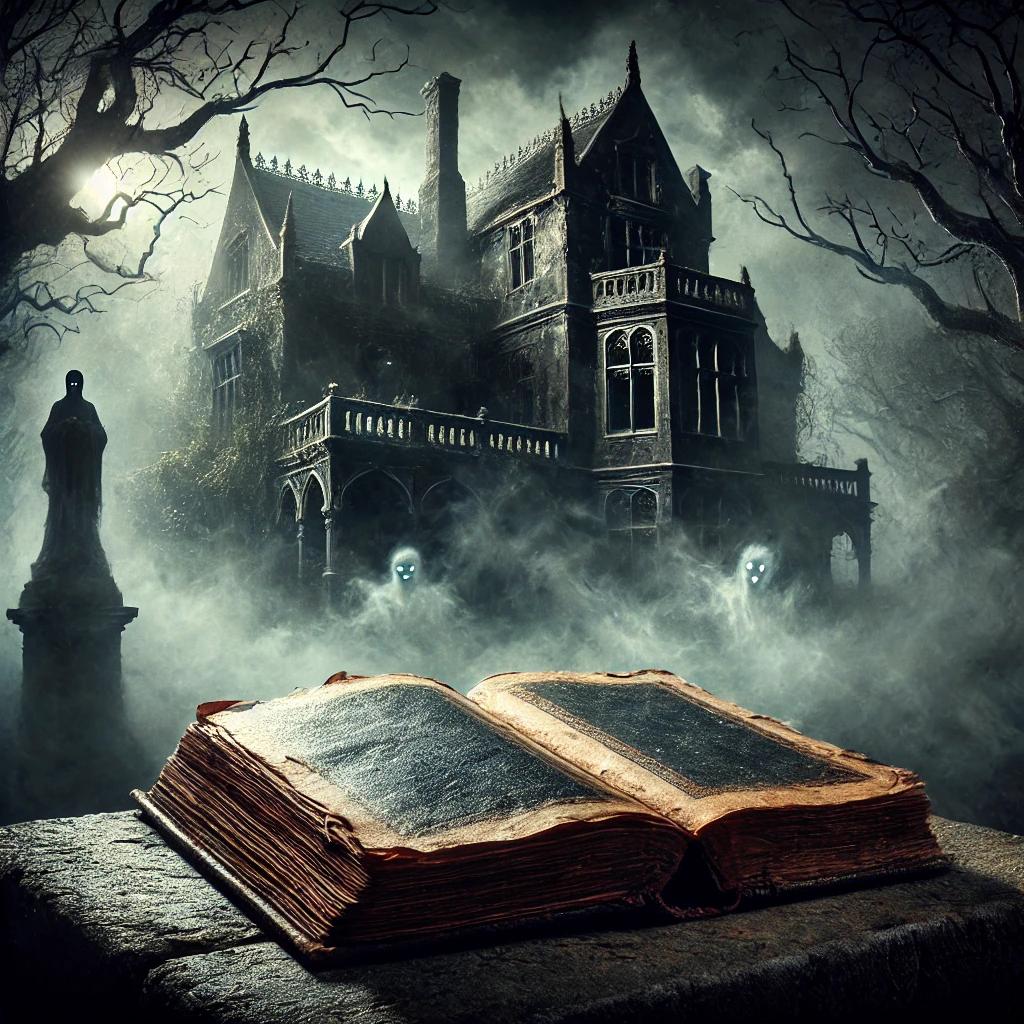




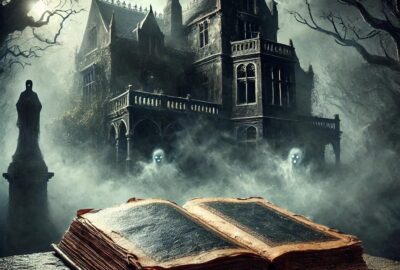

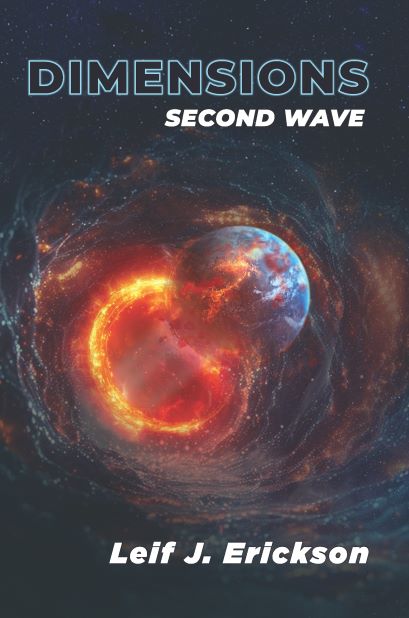
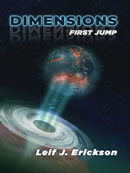
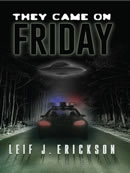

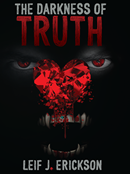
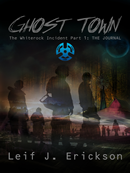
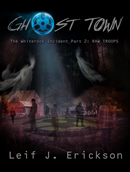

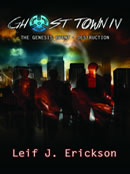

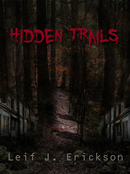
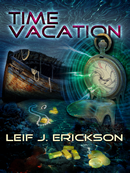





Leave a reply
You must be logged in to post a comment.